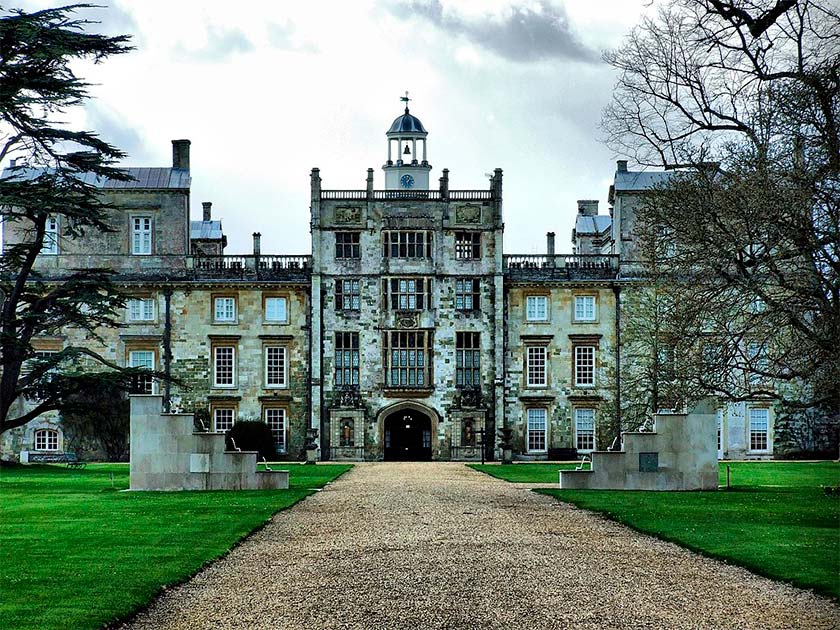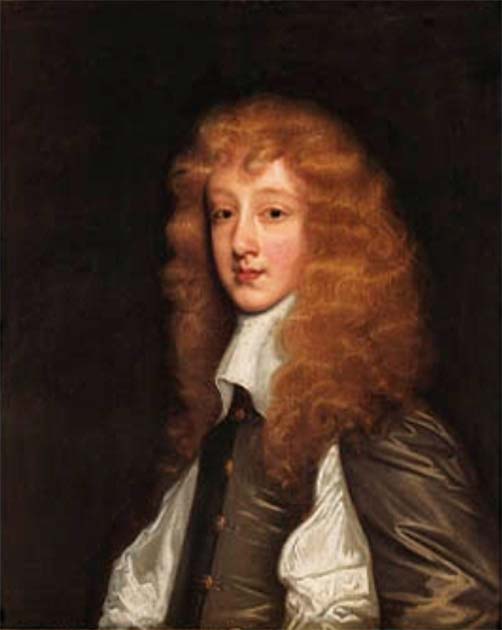For much of history the aristocracy has stood above the common laws of the realm. For centuries noble blood ensured you were untouchable should an accusation be brought against you by someone from a lower class, and there were those who took advantage of this. The 7th Earl of Pembroke was certainly one of those.
The story of the 7th Earl of Pembroke, Phillip Herbert, has all the ingredients fit for a Hollywood film script. How did a person in power commit such crimes and think he could get away with it?
Let us take a look at the life and story of Phillip Herbert, the 7th Earl of Pembroke and a convicted murderer. In the end, did he get away with it after all?
An Infamous Reputation
Phillip Herbert, or the 7th Earl of Pembroke and also the 4th Earl of Montgomery, is one of the infamous names in English history. His position, with two earldoms, was one of extreme power and wealth. Phillip ascended to these earldoms in July 1674 following the death of his brother.
Phillip Herbert had married Henrietta de Keroualle, the sister of the mistress of King Charles II, which gave him the ear and the sympathy of the King. Through this marriage, Phillip had only one child, their daughter, Charlotte.
The Earl of Pembroke Murder incident emerges from the fact that the Earl did not have a good reputation for anger management. In some accounts, he has been referred to as the “Infamous Earl of Pembroke.” The biggest accusation against Phillip Herbert is the charge of murdering magistrate Sir Edmund Berry Godfrey. The murder of Sir Edmund resulted in a chain of events leading up to what was known as the Popish Plot.
- Baron Gilles de Rais, History’s Earliest Serial Killer?
- The Blood Countess of Hungary: Was Elizabeth Báthory a Vampire?
But in truth the 7th Earl of Pembroke did not have a good reputation right from his childhood. He was known for drinking and picking up brawls in pubs, and he used to get away with misbehaving by using his position even at a young age.
Investigations about the family history of Phillip note that he had earned a nickname, “Homicide.” Was it a few bar brawls? No, he committed many murders and got away with them by using royal pardons. Phillip Herbert would feel free to murder an individual in a drunken brawl, knowing that he could use his royal privilege for a pardon.
But Phillip wasn’t just fighting in pubs: he also tried to kill the 6th Earl of Dorset, Charles Sackville, in 1678. He has also been accused of killing another officer in a drinking brawl, following which he earned another royal pardon. Ultimately, the King had to banish him to Wilton for his refusal to mend his ways/ He kept on killing people when in Wilton, but at least he was away from the Royal Court.
Perhaps the most significant murder Phillip committed was Nathaniel Cony. The death of Cony sparked an anti-Roman Catholic uprising, referring darkly to foreign interference and “Popish” plots based on extremely flimsy, some might say entirely fictional, evidence. He was tried for the murder of Nathaniel, who he apparently killed for no reason, and convicted by a Middlesex grand jury.
However, he appealed for royal privilege and was not found guilty of murder. At the same time, he also used the Privilege of Peerage to discharge the responsibilities of paying any fines. It is clearly evident how Phillip used the privileges of royal authority to his advantage to escape punishment.
A Cruel Man
The criminal records of Phillip Herbert, the 7th Earl of Pembroke, are so overwhelming that he clearly must have committed many of the murders. Even during his last days at Wilton, he murdered an officer, William Smeeth, at Turnham Green while in an inebriated state.
The continuing series of Earl of Pembroke Murder accusations suggest something beyond wildness and a belief he could not be touched. They suggest a psychopathy in his nature, especially given his willingness to kill for seemingly no reason.
- Orgies, Incest, and the Vatican: The House of Borgia
- Henry Stafford: Does the 2nd Duke of Buckingham Deserve Shakespeare’s Scorn?
But it was Smeeth’s death which should have doomed Pembroke. Phillip was again tried in front of the grand jury of Middlesex, and he was unable to claim the benefit of a peerage for a second time. Surprisingly, even at this late stage the peerage closed ranks in support of him: no fewer than twenty four earls signed a petition to the King asking for a royal pardon for Phillip Herbert. And the pardon was, once again, granted.

Happily, Phillip would not live much longer. Ultimately, the Earl of Pembroke died in August 1683 aged only 30, and his brother Thomas succeeded him.
But, although he only lived a short time the crimes of Phillip Herbert threw into stark contrast the flaws in the peerage hierarchy system in England at the time. The hereditary nobility only worked so long as the people in those roles were honorable, and when a bad apple ascended to the aristocracy his belief in his untouchability allowed for unfettered evil. The fact that the King had to sentence an Earl to banishment provides adequate evidence of crimes of Phillip.
The history of the 7th Earl of Pembroke shows a clear example of the misuse of royal privileges. People entrust their governance to rulers and stewards of the nation. However, people in authority and power using their privileges to commit crimes do not set a good example.
The murders committed by Earl of Pembroke must have caught up to him as he died at 30 years of age. Research into the stories of the most infamous royal offenders could offer another perspective on our history. Phillip Herbert is an ideal example of what a ruler or a representative of people should not be.
Top Image: Pembroke’s rank allowed him to get away with murder twice. Source: tomertu / Adobe Stock.
By Bipin Dimri
